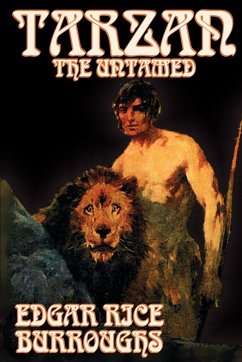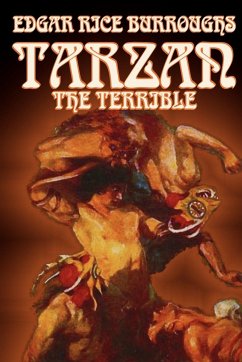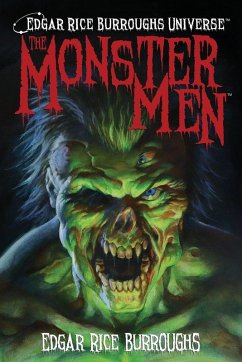
Tarzan the Untamed by Edgar Rice Burroughs, Fiction, Literary, Action & Adventure
Versandkostenfrei!
Versandfertig in 1-2 Wochen
16,99 €
inkl. MwSt.

PAYBACK Punkte
8 °P sammeln!
A unit of German soldiers stumble on the estate of John Clayton, Lord Greystoke, in British East Africa in the fall of 1914. Tarzan and his son, Korak, are away, and Jane -- Lady Jane -- does not know that war has broken out between German and the British Empire. She welcomes them to her home. Meanwhile, Tarzan learns of the war in Nairobi and hurries home only to find the smoking ruins of his estate. Wasimbu, the son of Muviro, has been nailed to the wall, and the rest of the natives are all dead. Tarzan also finds the charred body of his wife, recognizable only by the rings on her fingers. C...
A unit of German soldiers stumble on the estate of John Clayton, Lord Greystoke, in British East Africa in the fall of 1914. Tarzan and his son, Korak, are away, and Jane -- Lady Jane -- does not know that war has broken out between German and the British Empire. She welcomes them to her home. Meanwhile, Tarzan learns of the war in Nairobi and hurries home only to find the smoking ruins of his estate. Wasimbu, the son of Muviro, has been nailed to the wall, and the rest of the natives are all dead. Tarzan also finds the charred body of his wife, recognizable only by the rings on her fingers. Cursing the Germans, Tarzan swears vengeance and head into the wild, seeking revenge. During a tremendous thunderstorm, Tarzan kills a leopard -- and the Lord of the Jungle has returned . . . This is not your typical Burroughs yarn, where the hero pursues his beloved across a dangerous environment -- not at all.












